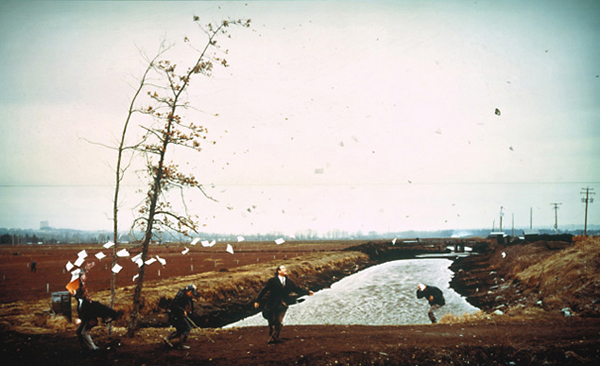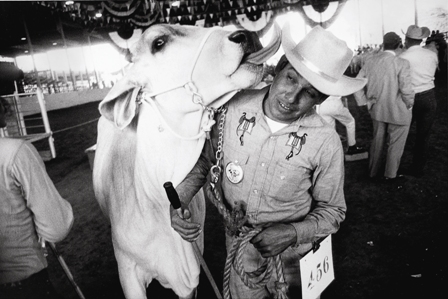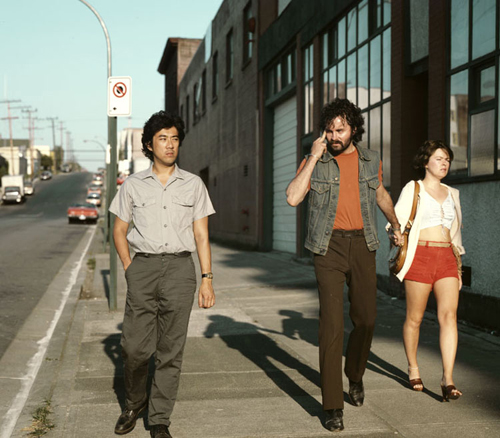
"Although for long such effects of the lightning flash were regarded with more or less incredulity, or at least doubt, the observations of the last half century have fully confirmed their existence and then frequent recurrence, and established a field of work which has well-merited the careful investigation which it has now for many years received from the world's leading scientists."
"Keraunography", Henry E. Davis, The Photographic News, 10 February 1888, p. 91.
Jay, Bill. "Keraunography: Notes on the photographic effects of lightning as reported in 19 century journals." The British Journal of Photography, 13 July 1981.
Bil Jay reports on one of the topics commonly reported in the photographic press from the 1850s to the firs years of this century: the phenomenon of keraunography, or the ability of flashes of lightning to produce a photographic image of surrounding objects, often - usually - on the skin or nearby people. His interest was peaked as he noticed that accounts of this phenomena occurred with such frequency, were treated with puzzled respect, often cited historical precedents and laid claim to serious investigations by some of the most-respected scientists of the 19 century.
Maybe this one is a bit of a stretch, but it was given a good amount of attention in Victorian era photography magazines, why not pay it some due now? I suppose plausibly I could wait for a thunder storm and try to convince my subject that rather than stand in a pool of light I'd like them to stand in a pool of water and get hit by lightning to prove a bit of 19th century British folklore...Really I was just refreshed by reading about a time when a sense of wonder and mystery still surrounded photography. It's mind boggling where we started and how far we've come in the understanding of natural phenomena and in its technical applications in photography.


















